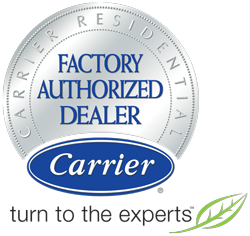The Impact of Humidity
Cold winter air means dry air in the home. This leads to dry skin, itchiness, etc. Recently, medical authorities announced new findings that show the real cause of high incidences of colds and flu in winter isn’t because of people staying indoors, as we all thought. It is because viruses thrive in dry air!
Hot summer air usually means high humidity. If you live in Evansville or a neighboring community, you should know that this area shares its humid summer climate with the Gulf Coast, Louisiana. Too moist (summer) air leads to mold, which is bad for the home and bad for the occupants. Humidity encourages dust mites, which are a powerful allergen impacting almost everyone with allergies or asthma. It encourages bug infestations, which then encourage potentially dangerous spider infestations.
The problems with mold are so severe, insurance companies are severely restricting their liability. Certain types of mold can destroy a home and make people sick. Check it out: there is a section on this subject in your homeowner’s insurance policy.
Adding humidity to the home in the winter is easy, and not that expensive. Removing humidity in the summer is a little more challenging, but entirely doable. The air-conditioning equipment is the first line of defense to pull that humidity from the air. Depending upon the tightness of the home, the effectiveness of the AC equipment, and so on, it may or may not need assistance or adjustments.
If you don’t have a humidity gage in your home, get one! You can buy one for less than $7 at Wal-Mart. Get to know what is going on in your home. Ideal relative humidity ranges from 40% to 50%. Perfection can be difficult to achieve, but it is a worthy goal. If humidity in the home goes below 30% in winter, or above 60% in summer, call us. Or call someone. Do something! If you let it slide, someone’s health is going to suffer.



